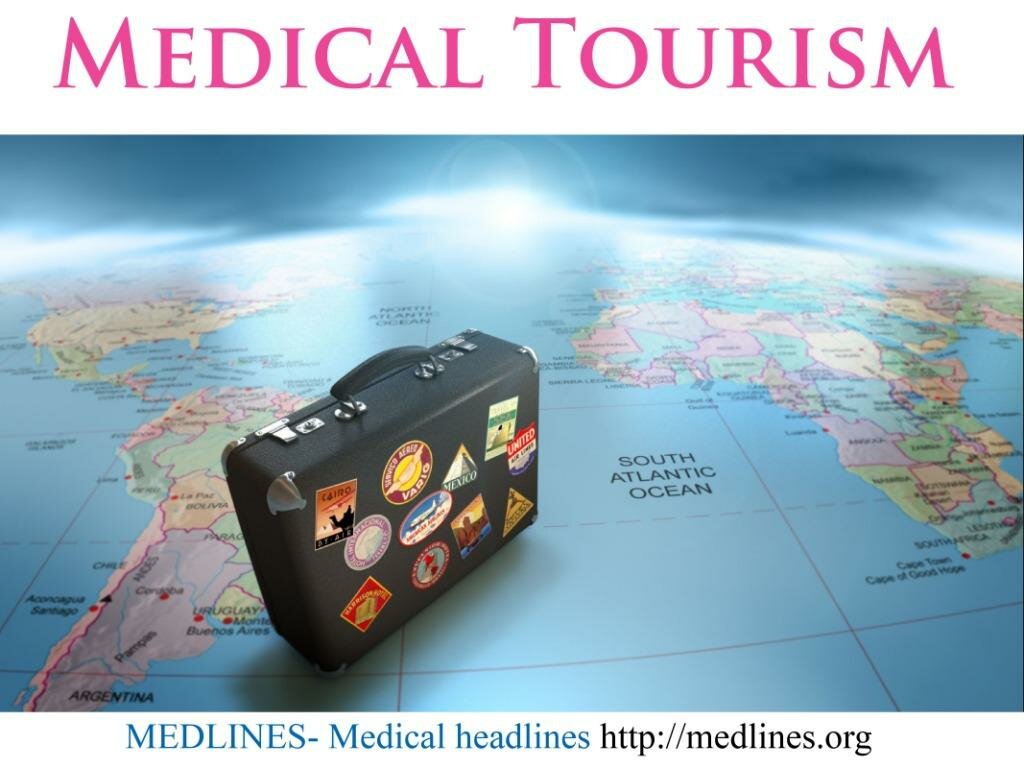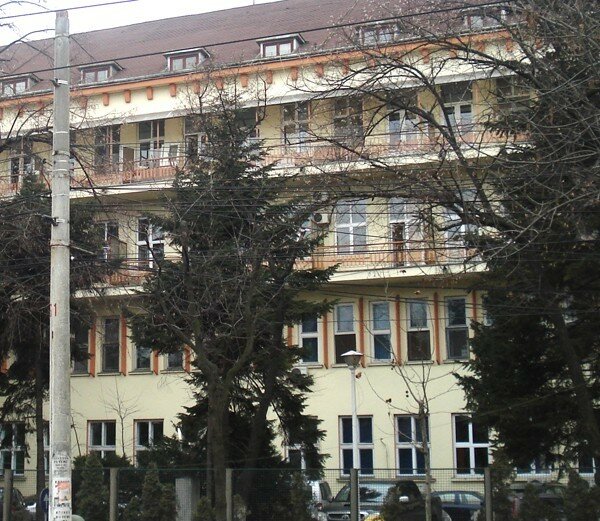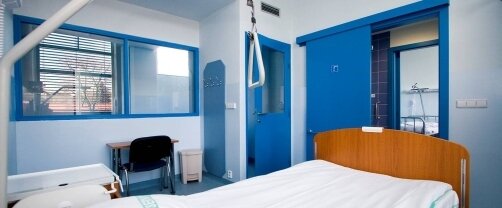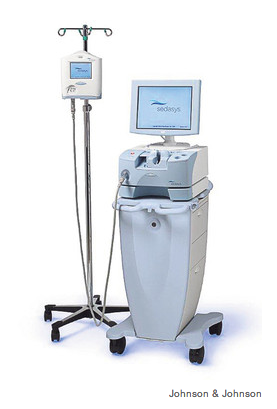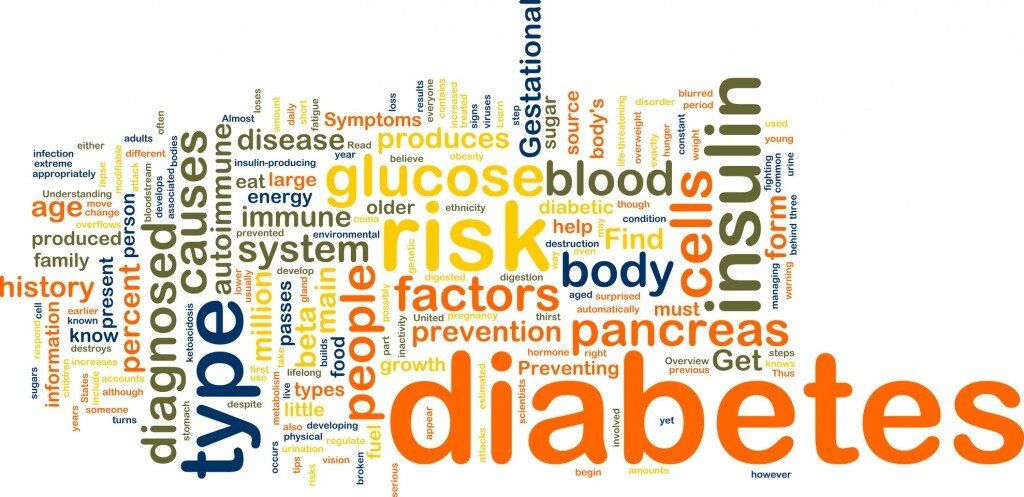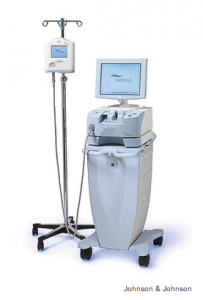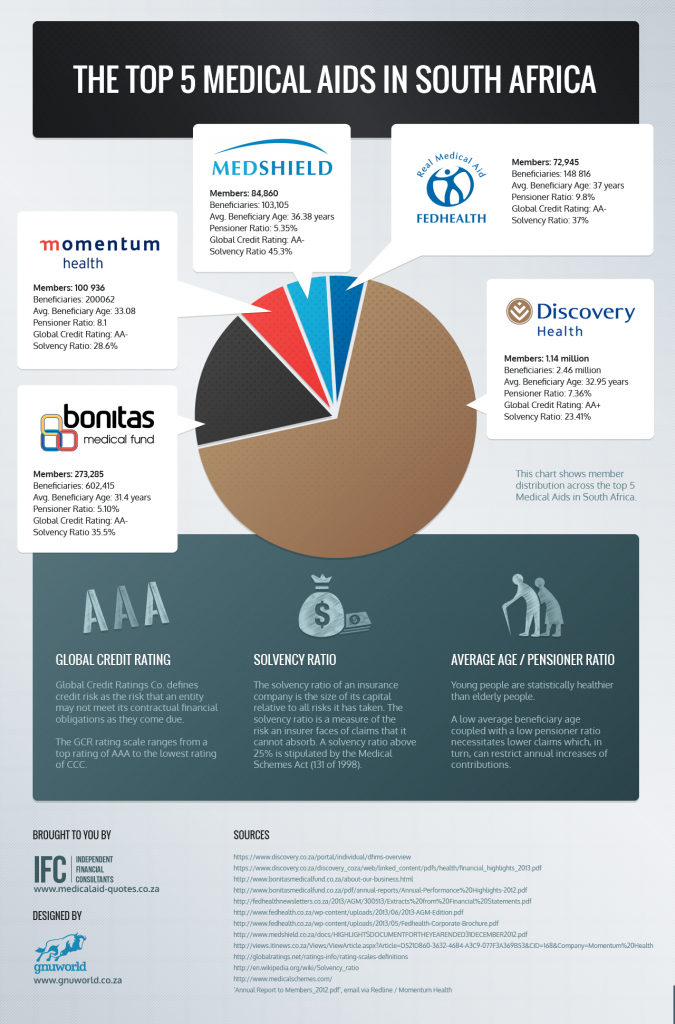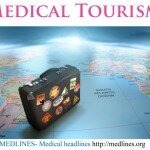Romanian Elias Emergency Academic Hospital celebrates 75th anniversary
The Romanian Academy on Friday hosted a festive conference dedicated to the 75th anniversary of the Elias Emergency Academic Hospital and to the celebration of 10 years of the medical institution’s activity under the aegis of the Romanian Academy.
President of the Romanian Academy, Academician Ionel Haiduc, said that the Elias Hospital is a landmark of excellence in specialized medicine, through “its complex medical assistance and scientific research activity” that brings it to the fore as a center of reference in medical emergency assistance and one of the most sought emergency hospitals in Bucharest.
“The Elias Hospital is more than just a medical institution, it is an academic institution, and from this point of view, we can say with all conviction that it is a center of excellence,” said the President of the Romanian Academy.
Attending the event, former Romanian President Ion Iliescu recalled some of the “visits” he made to the Elias Hospital as a patient, and thanked the physicians for the successful interventions they performed on him.
“I have a personal experience as a patient of this hospital. ( … ) I had some problems too and the doctors here have always provided me with the necessary tranquility, attention and qualified solution to my problems. I want to add my warm appreciation for the hospital management, the hospital staff, congratulate everybody working or co-working with the hospital on the occasion of this anniversary, of 75 years that have asserted this unit as a peak unit, as an elite facility of Romanian medicine, and wish the hospital and you all good health set in the service of others’ health, and prosperity to this unit,” said Ion Iliescu.
Also attending the event, former President of Romania Emil Constantinescu reminded the will of banker Jacques Manachem Elias who bequeathed his entire wealth to the Romanian Academy, under a set of conditions, one of which was to build and maintain in Bucharest “a hospital with at least one hundred beds, under modern, state-of-the-art conditions.” read more from AGERPRES http://www1.agerpres.ro/english/2013/11/08/elias-emergency-academic-hospital-celebrates-75th-anniversary-17-24-23
Pin It








